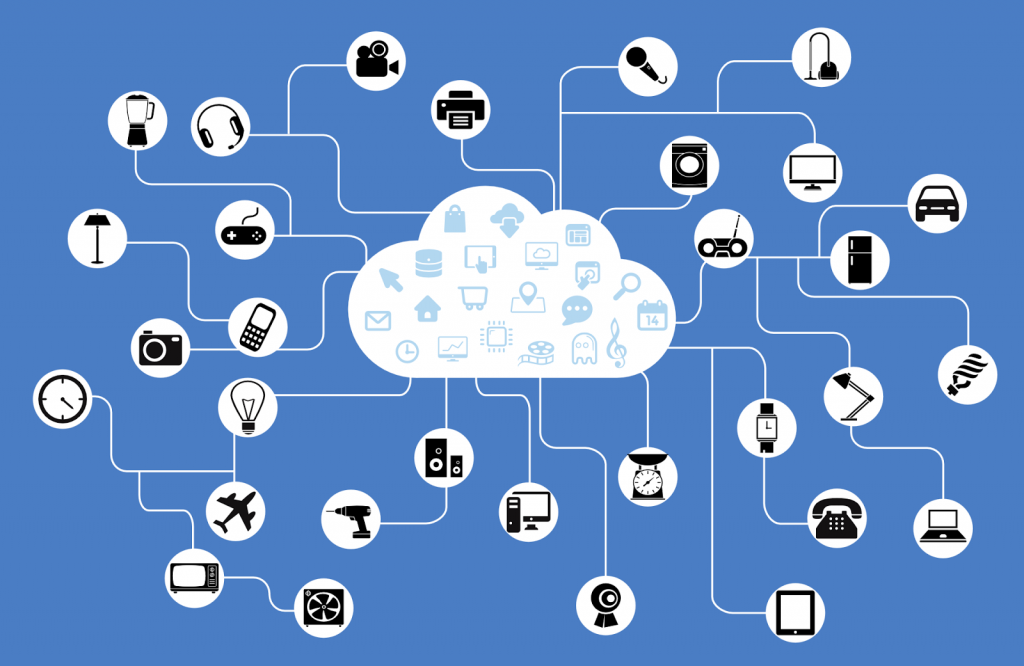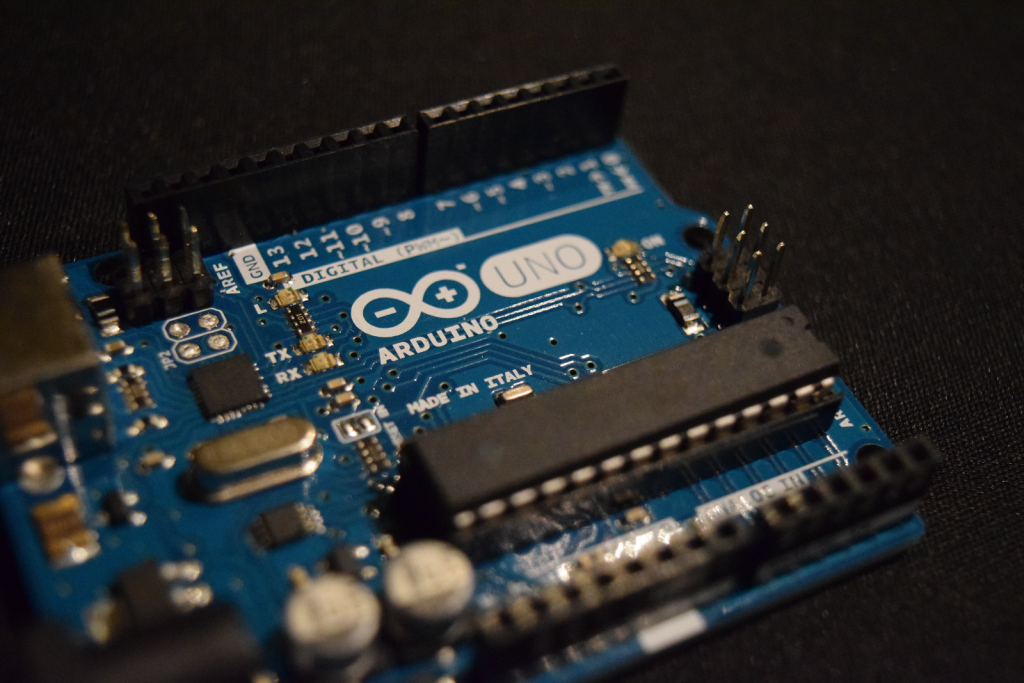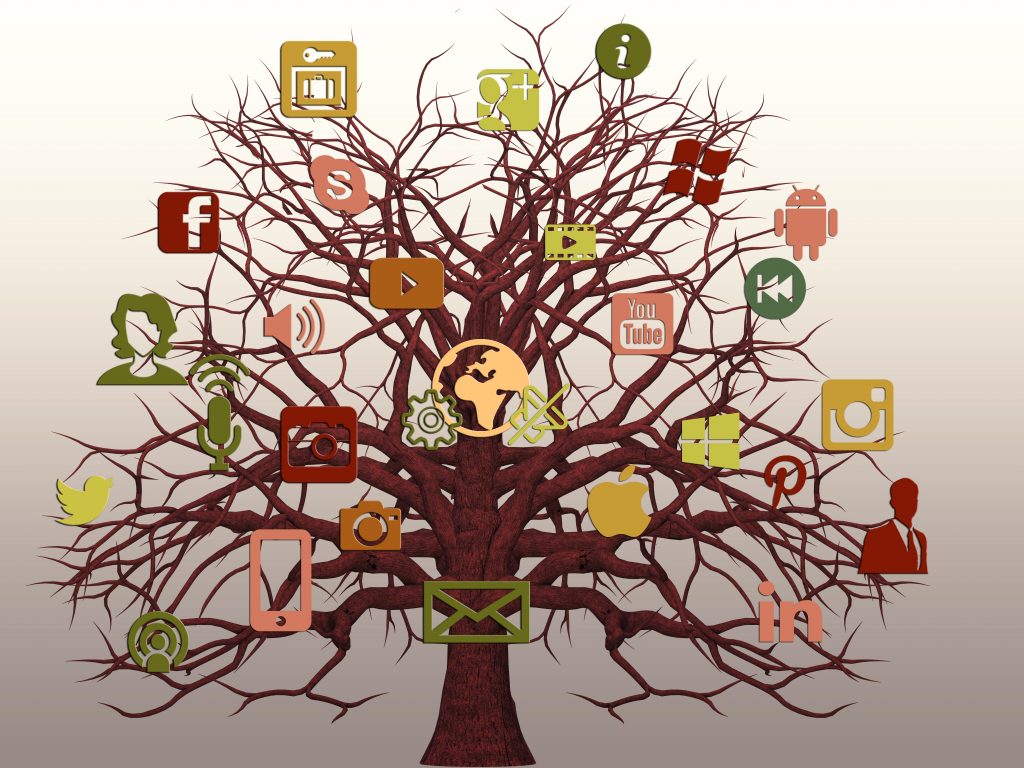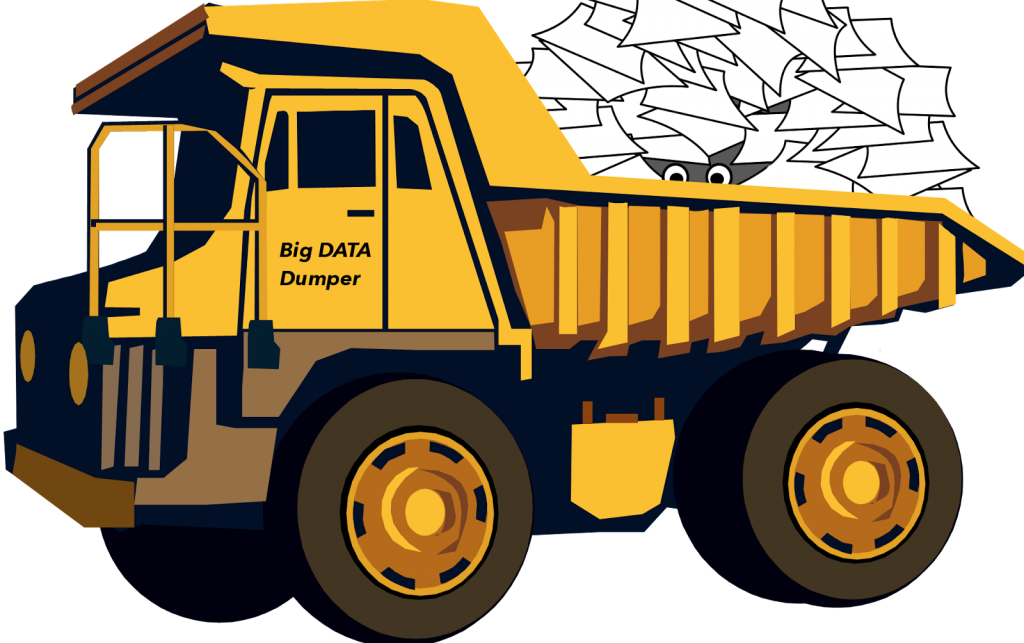Internet of Things. This is one of the newest buzzwords that you will often hear in the technology community. It is usually paired with the one of the many overplayed “Big Data“ phrases. Today more and more items are becoming part of the internet and cloud evolution. There is hardly any new piece of technology that comes out without some sort of smart ability to communicate with… things.
So is this a real evolution or just another short-lived buzzword?

Every. Thing. Communicates… Someday.
It is a little unnerving to think about your everyday household items trying to communicate. What could these dumb machines possibly have to communicate? Having my coffee maker on Twitter with more followers than me (eh hmmm @AndyPrier) is kind of embarrassing. When your smartwatch is broadcasting details about your fitness routine seems kind of mundane. Why would anyone care about that?
Each of these examples seems ridiculous or mundane. Consider taking some of those same examples and apply that information to how you doctor looks at your health.
“Hmmm… Mr. Prier. You seem to like going to Moe’s Bar more than the local gym. I can see that your heart rate only is above 140 beats per minute, three times a week. Let’s increase that to five days a week.”
Perhaps how we monitor transportation. What is “demurrage” anyways?
“Interesting, Mr. Carrier, I can see that your driver checked in at 11:02 AM and my trailer didn’t move for 2 hours, how come I am being charged demurrage?”
Keep our customers in the know…
“Good morning Mrs. Customer. I can see that your shipment of medicine is safely being transported at -18o C as described by the manufacturer. The refrigeration truck will be arriving in 3 hours at your location.”
All of these examples have real world applications from seemingly innocuous devices that we are using anyways. So we need to know how to listen, when and where to listen, and store that data responsibly.

Sensors
Sensors are really the beginning of the IoT evolution. Some of the earliest sensors would be the Chinese compass, the Italian thermometer, the German GPS and the American digital camera. Individually these devices are extremely useful. Allowing the analysis together is even more useful.
The convergence of wireless devices, data collection of passive/low power sensors, and cheaper storage devices has enabled an ecosystem of things that have a lot to “say” about what the device does best. Too bad the coffee maker and the shop floor PLC don’t speak the same language…
One of the issues that we face today is integrating this technology that may not have been intended to communicate the way we want it to communicate now. Today we might think that having the coffee maker communicate with a PLC is ridiculous. Tomorrow, the coffee maker may be the trigger to start the manufacturing line.

Data Processing
We know that Big Data is usually unstructured, unanalyzed and possibly uninteresting data sets. This kind of data must be distilled into something meaningful, relevant and accessible. Drinking from a fire hose is a typical analogy.
Personally, when I hear Big Data the first thing I think of is more like a bucket of sand and we only want to look at the black granules. How the heck are we supposed to do that? I can’t throw sand into a database and write a query to select all granules where color equals black.
In reality, it is more like this:
- Separate the sand into a lot of dixie cups
- Distribute the cups to hundreds of people
- Spread the sand out on a sheet of paper
- Take a picture of the sand
- Analyze the picture pixel by pixel
- Name and document all details of each granule or sand
- Return some structured data
- Aggregate all of the structured data, and begin analysis of “black sand“
When we consider all of the “things” that can now enable to communicate then it becomes apparent that sand analogy doesn’t begin to cover the volume of data.

Integration
Perhaps one of the most confounding parts of IoT, getting all of this stuff to where it matters most. This is everything from the moment a sensor reports an event until it gets to a database to be read by a report or application. In our sand scenario, this is the bucket, the dixie cups, distribution of the dixie cups. the camera and the dissemination of the structured data. There are lots of moving parts and much of that happens during the integration of big data.
Imagine your boss says to you, “Every Tuesday, our widget production and a plant that starts with the letter C, is short by 100. The same goes are true for the 21st of each month. Except only with plants that reside in California, Texas and New York. Please tell me why.” More than likely, that is something wrong with the integration. Usually, this black box called “integration” is blamed for a lot because nobody except a few developers knows how it works.

Living on the Edge
Allowing devices to communicate together can be noisy and pretty uninteresting. It becomes apparent that we start to see the value of processing data at the Edge. In IoT, the Edge is the area nearest to sensors, before moving data to the Cloud/Core. Sometimes it makes more sense to process data near the sensor, rather than send that data to a larger processing system, just to be discarded or worse, never used. Edge Analytics is processing data in an algorithm that triggers another event.
Consider an airbag. We wouldn’t want to connect the airbag to the cloud, process sensor data and trigger event that deployed the airbag when a wreck occurred. Too many things could go wrong. When events need to occur quickly or there is no value add to incorporate this information outside of a device’s domain, it is better to process data at the Edge. The valuable information can be triggered and processed later such as statistics about what sensors detected around the time the airbag deployed. Like, the car was going 65 MPH, an impact was detected on the driver side door, brakes were applied for 7 seconds and the seat belt was engaged.

Big Data for SAP
Bringing this data into SAP can be a challenge. HANA Cloud Platform has the right tools to capture and report on IoT data with SAP solutions. It is immediately apparent that we can improve operational efficiency and accuracy by integrating this information.
Here are some of the SAP Solutions that can assist in your IoT journey:
- SAP Vora
- In Memory query solution that extends and utilizes Apache’s Hadoop and Spark
- OLAP Modeling and querying of Hadoop Data
- Big Data Management on a Hadoop cluster
- SAP IoT Services
- Device Management
- Message Management
- SAP HANA
- Firstly, fast In-Memory Database
- Secondly, Advanced Analytical capabilities
- Finally, exceptional data compression and optimization technology
- SAP Event Stream Processor
- Analyze and react to millions of real-time events every second from any source
- Create alerts and push notifications based on events
- Manage data dissemination with Service-Oriented Architecture to sync systems
- SAP HANA Cloud Integration
- Create integrations with third-party
- Out of the box integrations with various SAP cloud solutions
- SAP Dynamic Edge Processing
- Firstly, Manage and secure edge devices
- Secondly, process and cache data locally to improve transmission performance
- Finally, host edge applications locally to enrich and control data dissemination
If you have interest in viewing similar articles, visit our blog, here.
View our LinkedIn, here.